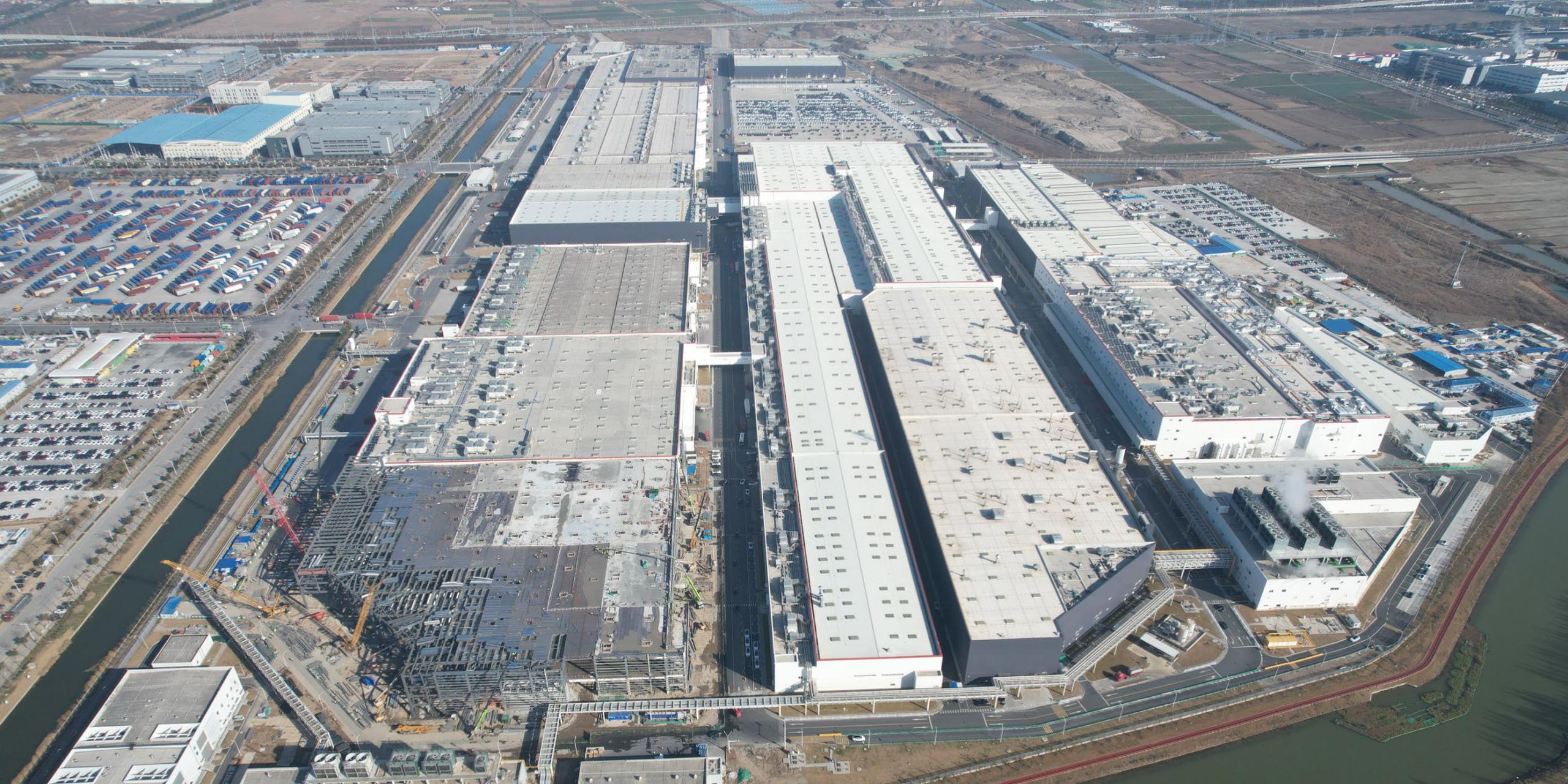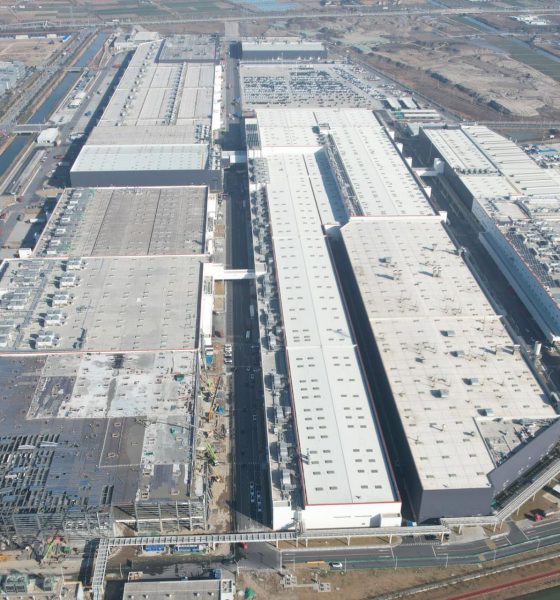A portion of Tesla’s manufacturing expansion project was officially commissioned by the Shanghai Municipal Bureau of Ecology and Environment on July 22, nearly a month after Tesla completed the construction of the second phase of the project.
Documents show Tesla completed the line expansion upgrades on June 30, with commissioning set to be the only step left before production could begin once again. The project was officially approved on July 22, the documents show. Construction began on January 30, 2021.
Shanghai Municipal Bureau of Ecology and Environment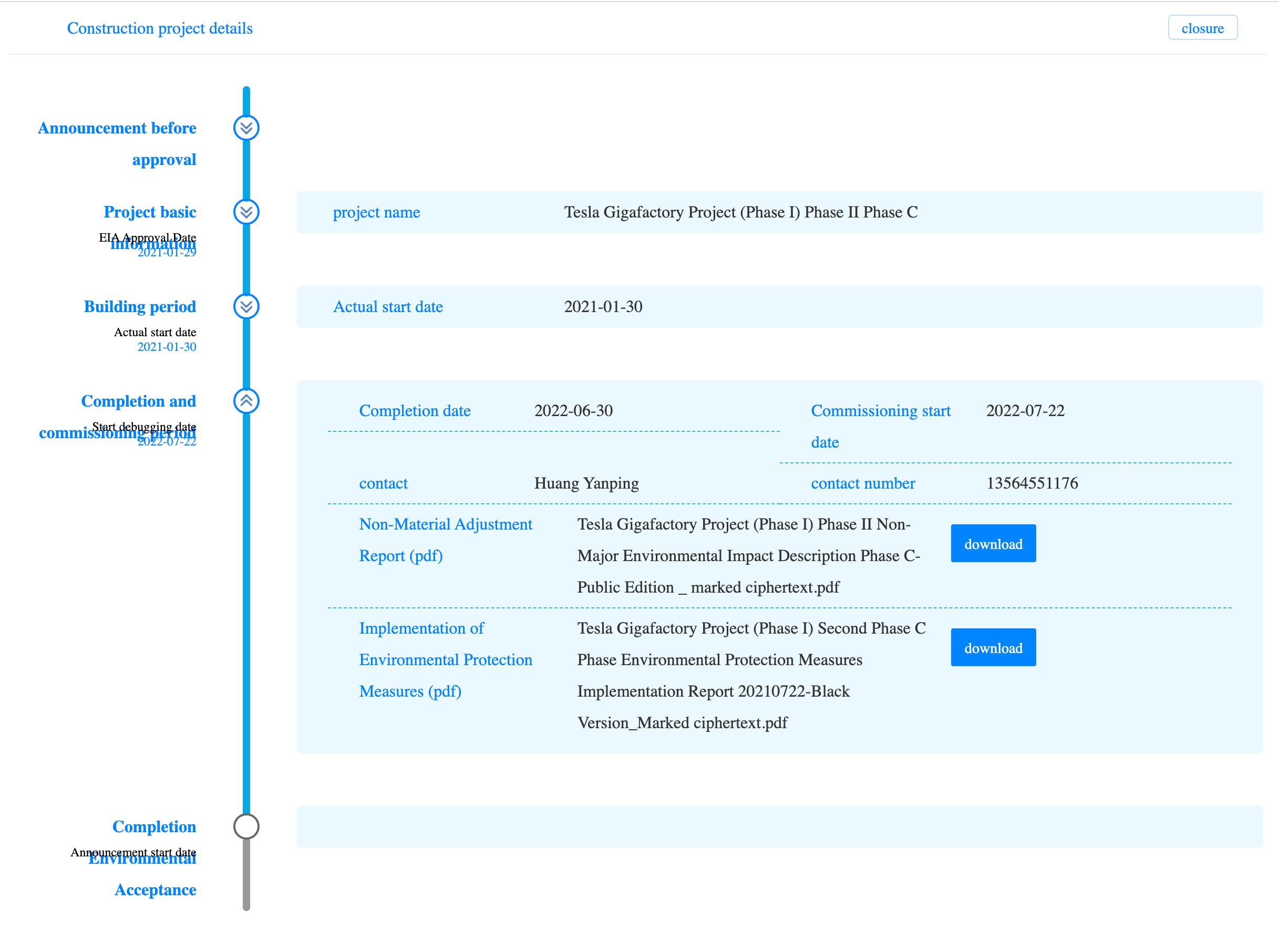
The Bureau’s description of the project states:
“The project includes production processes such as vehicle stamping, welding, painting, and final assembly. After the project is completed, the production capacity of pure electric vehicles will be added.”
Shanghai Municipal Bureau of Ecology and Environment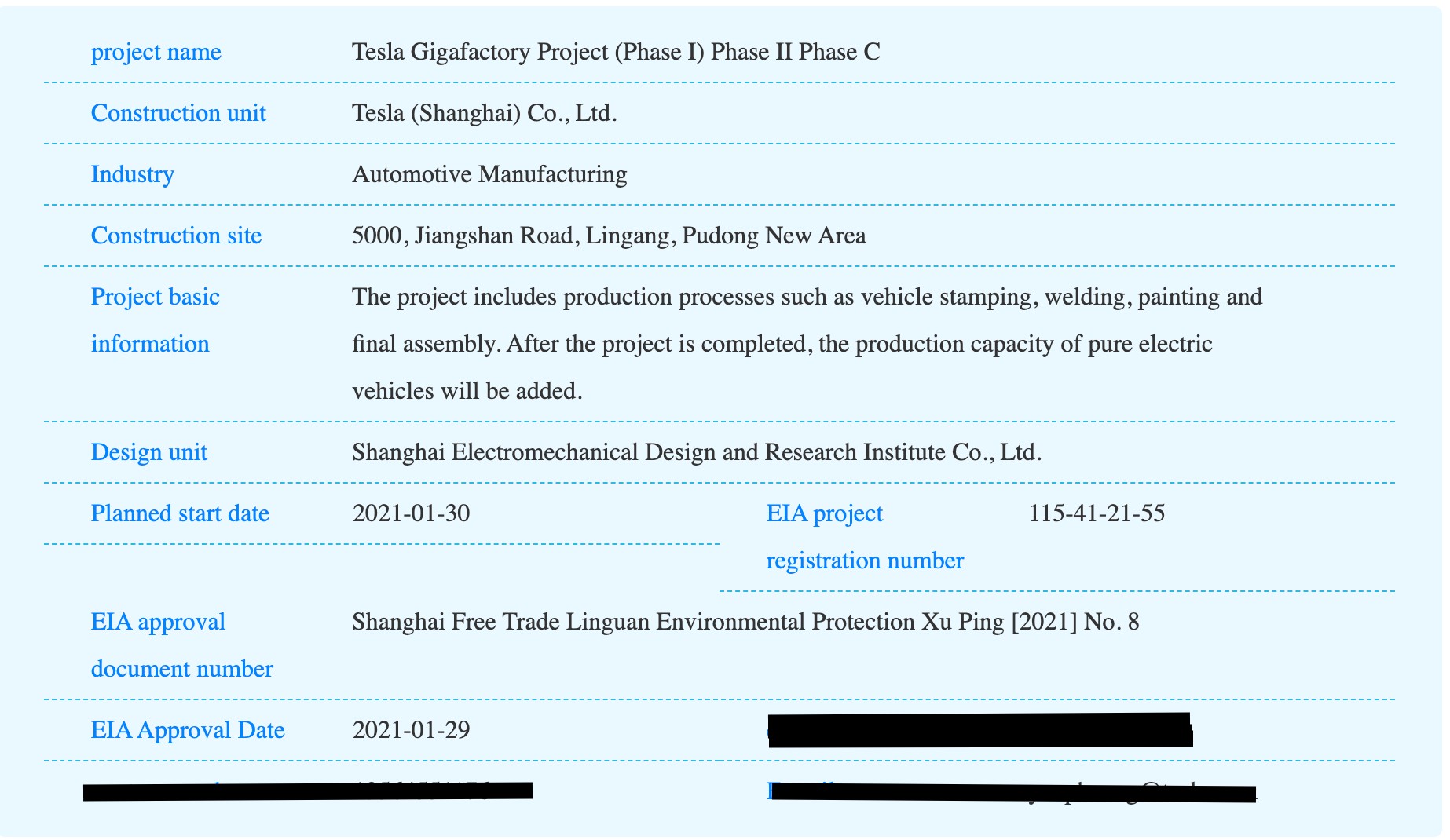
According to Environmental Impact Assessment documents submitted by the Bureau of Ecology and Environment, this phase includes the construction of a new body shop, new welding stations, and a paint shop. The project was initially supposed to support the “New Model Preliminary Startup Project,” but that project was ultimately shot down by CEO Elon Musk, who said during the Q4 Earnings Call earlier this year:
“Well, we’re not currently working on the — on a $25,000 car. We — you know, at some point, we will, but we have enough on our plate right now, too much on our plate, frankly. So, you know, at some point, there will be.”
The $25k vehicle was ultimately scrapped from the EIA Tesla submitted to the government last year as the automaker shifted to maintain its current lineup of vehicles due to supply shortages, PanDaily said. Instead, the company added a Research and Development Center and planned to continue to expand the Model 3 and Model Y manufacturing lines to support more production output.
In June, it was rumored that the Model 3 and Model Y line upgrades were successfully underway and would be completed in early August. The expansion to both lines would increase Model Y production to 14,000 units per week, up from 11,000. Additionally, Model 3 weekly output would boost to 7,700 units, up from 5,500.
Tesla completed the upgrades in late June, Shanghai’s Municipal Bureau of Ecology and Environment website says. Commissioning was finally completed on July 22.
Tesla’s business in China has had a difficult year due to mandatory COVID-19 shutdowns that affected the company’s production and profitability. Tesla realized a quarterly revenue drop of 18.56 percent in Q2, according to reports. Gigafactory Shanghai fully recovered from the production shutdown in June.
I’d love to hear from you! If you have any comments, concerns, or questions, please email me at joey@teslarati.com. You can also reach me on Twitter @KlenderJoey, or if you have news tips, you can email us at tips@teslarati.com.

News
Tesla sees sharp November rebound in China as Model Y demand surges
New data from the China Passenger Car Association (CPCA) shows a 9.95% year-on-year increase and a 40.98% jump month-over-month.
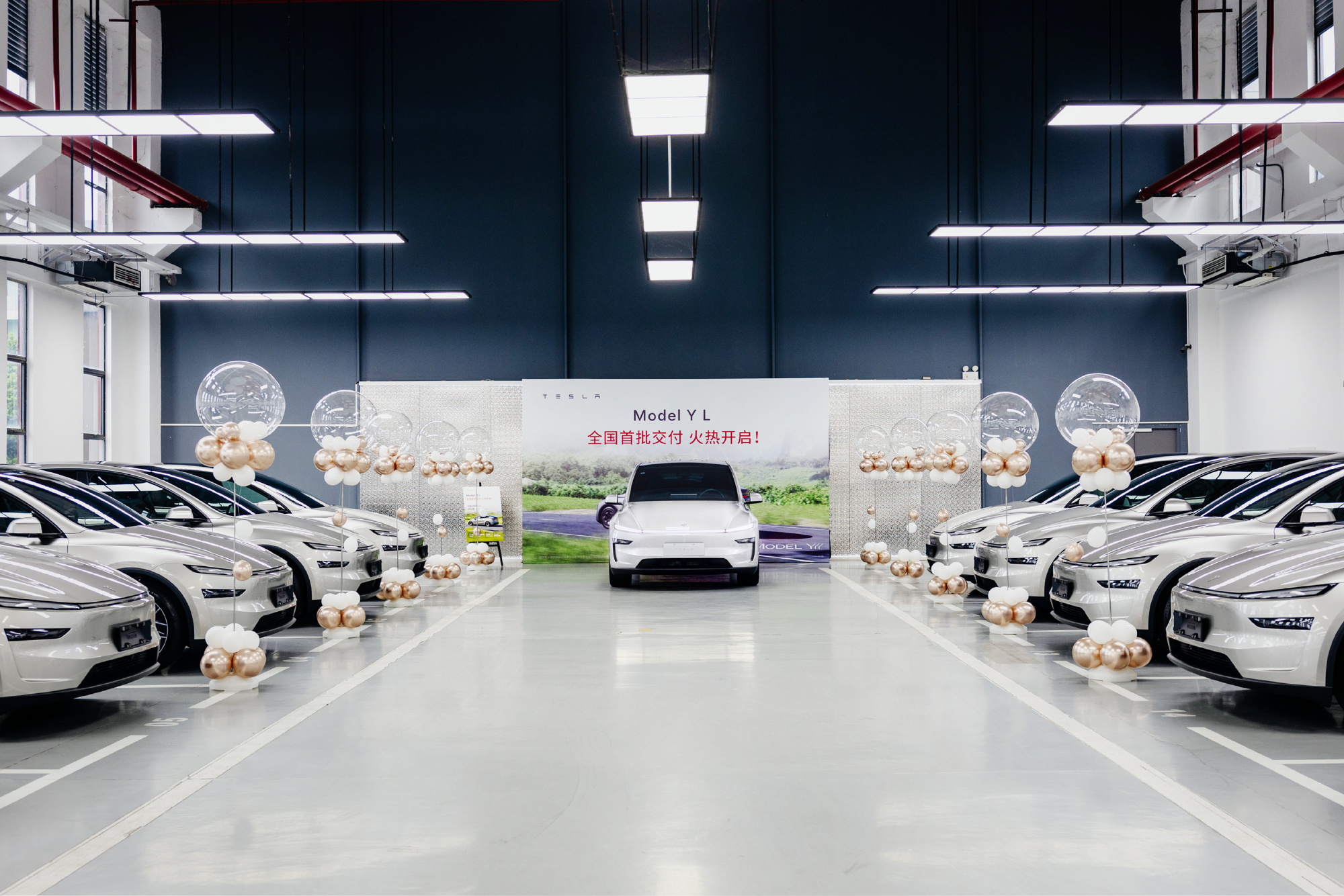
Tesla’s sales momentum in China strengthened in November, with wholesale volumes rising to 86,700 units, reversing a slowdown seen in October.
New data from the China Passenger Car Association (CPCA) shows a 9.95% year-on-year increase and a 40.98% jump month-over-month. This was partly driven by tightened delivery windows, targeted marketing, and buyers moving to secure vehicles before changes to national purchase tax incentives take effect.
Tesla’s November rebound coincided with a noticeable spike in Model Y interest across China. Delivery wait times extended multiple times over the month, jumping from an initial 2–5 weeks to estimated handovers in January and February 2026 for most five-seat variants. Only the six-seat Model Y L kept its 4–8 week estimated delivery timeframe.
The company amplified these delivery updates across its Chinese social media channels, urging buyers to lock in orders early to secure 2025 delivery slots and preserve eligibility for current purchase tax incentives, as noted in a CNEV Post report. Tesla also highlighted that new inventory-built Model Y units were available for customers seeking guaranteed handovers before December 31.
This combination of urgency marketing and genuine supply-demand pressure seemed to have helped boost November’s volumes, stabilizing what had been a year marked by several months of year-over-year declines.
For the January–November period, Tesla China recorded 754,561 wholesale units, an 8.30% decline compared to the same period last year. The company’s Shanghai Gigafactory continues to operate as both a domestic production base and a major global export hub, building the Model 3 and Model Y for markets across Asia, Europe, and the Middle East, among other territories.
Investor's Corner
Tesla bear gets blunt with beliefs over company valuation
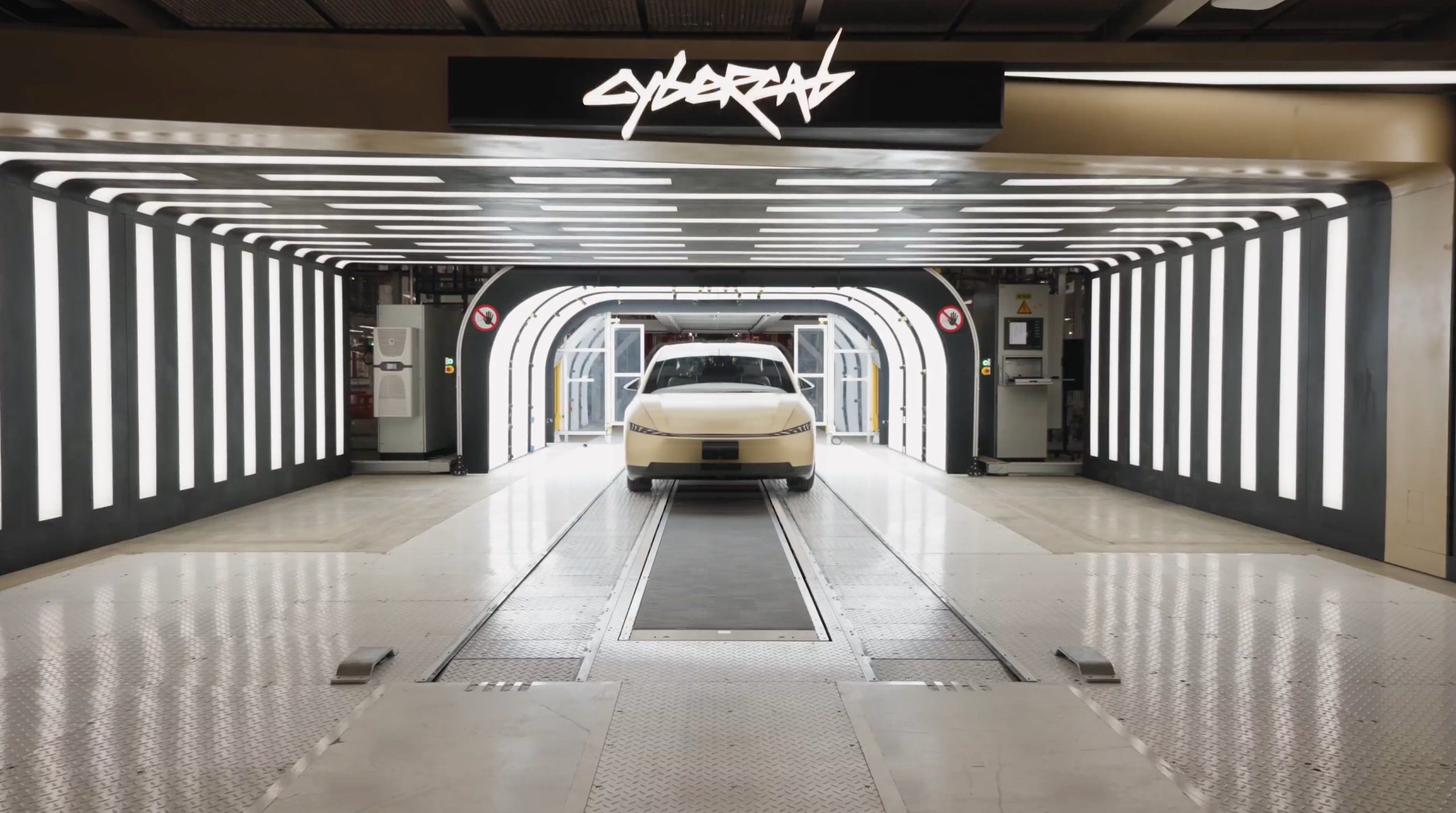
Tesla bear Michael Burry got blunt with his beliefs over the company’s valuation, which he called “ridiculously overvalued” in a newsletter to subscribers this past weekend.
“Tesla’s market capitalization is ridiculously overvalued today and has been for a good long time,” Burry, who was the inspiration for the movie The Big Short, and was portrayed by Christian Bale.
Burry went on to say, “As an aside, the Elon cult was all-in on electric cars until competition showed up, then all-in on autonomous driving until competition showed up, and now is all-in on robots — until competition shows up.”
Tesla bear Michael Burry ditches bet against $TSLA, says ‘media inflated’ the situation
For a long time, Burry has been skeptical of Tesla, its stock, and its CEO, Elon Musk, even placing a $530 million bet against shares several years ago. Eventually, Burry’s short position extended to other supporters of the company, including ARK Invest.
Tesla has long drawn skepticism from investors and more traditional analysts, who believe its valuation is overblown. However, the company is not traded as a traditional stock, something that other Wall Street firms have recognized.
While many believe the company has some serious pull as an automaker, an identity that helped it reach the valuation it has, Tesla has more than transformed into a robotics, AI, and self-driving play, pulling itself into the realm of some of the most recognizable stocks in tech.
Burry’s Scion Asset Management has put its money where its mouth is against Tesla stock on several occasions, but the firm has not yielded positive results, as shares have increased in value since 2020 by over 115 percent. The firm closed in May.
In 2020, it launched its short position, but by October 2021, it had ditched that position.
Tesla has had a tumultuous year on Wall Street, dipping significantly to around the $220 mark at one point. However, it rebounded significantly in September, climbing back up to the $400 region, as it currently trades at around $430.
It closed at $430.14 on Monday.
News
Tesla is making a change to its exterior cameras with a potential upgrade
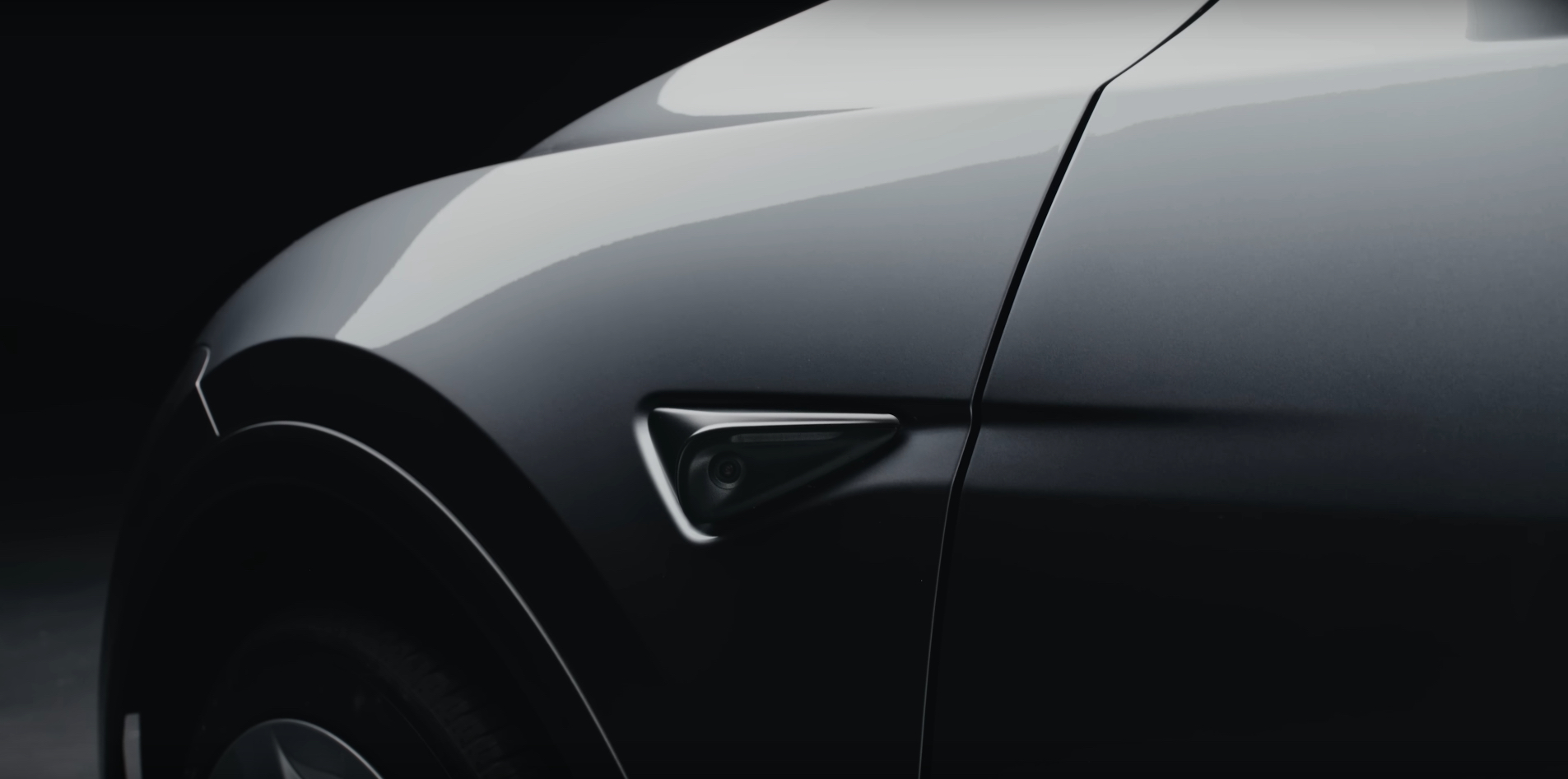
Tesla appears to be making a change to its exterior side repeater cameras, which are used for the company’s Full Self-Driving suite, and other features, like Sentry Mode.
The change appears to be a potential upgrade in preparation for the AI5 suite, which CEO Elon Musk said will be present on a handful of vehicles next year, but will not be widely implemented until 2027.
Currently, Tesla uses a Sony sensor lens with the model number IMX963, a 5-megapixel camera with better dynamic range and low-light performance over the past iteration in Hardware 3 vehicles. Cameras in HW3 cars were only 1.2 megapixels.
However, Tesla is looking to upgrade, it appears, as Tesla hacker greentheonly has spotted a new sensor model in its firmware code, with the model number IMX00N being explicitly mentioned:
Looks like Tesla is changing (upgrading?) cameras in (some?) new cars produced.
Where as HW4 to date used exterior cameras with IMX963, now they (might potentially) have something called IMX00N— green (@greentheonly) December 1, 2025
Sony has not announced any formal specifications for the IMX00N model, and although IMX963 has been used in AI4/HW4 vehicles, it only makes sense that Tesla would prepare to upgrade these external cameras once again in preparation for what it believes to be the second hardware iteration capable of fully autonomous self-driving.
Tesla has maintained that AI4/HW4 vehicles are capable of self-driving operation, but AI5 will likely help the company make significant strides, especially in terms of overall performance and data collection.
Tesla last updated its exterior cameras on its vehicles back in early 2023, as it transitioned to the 5-megapixel IMX963. It also added additional cameras to its vehicles in January with the new Model Y, which featured an additional lens on the front bumper to help with Full Self-Driving.
Tesla’s new self-driving computer (HW4): more cameras, radar, and more
